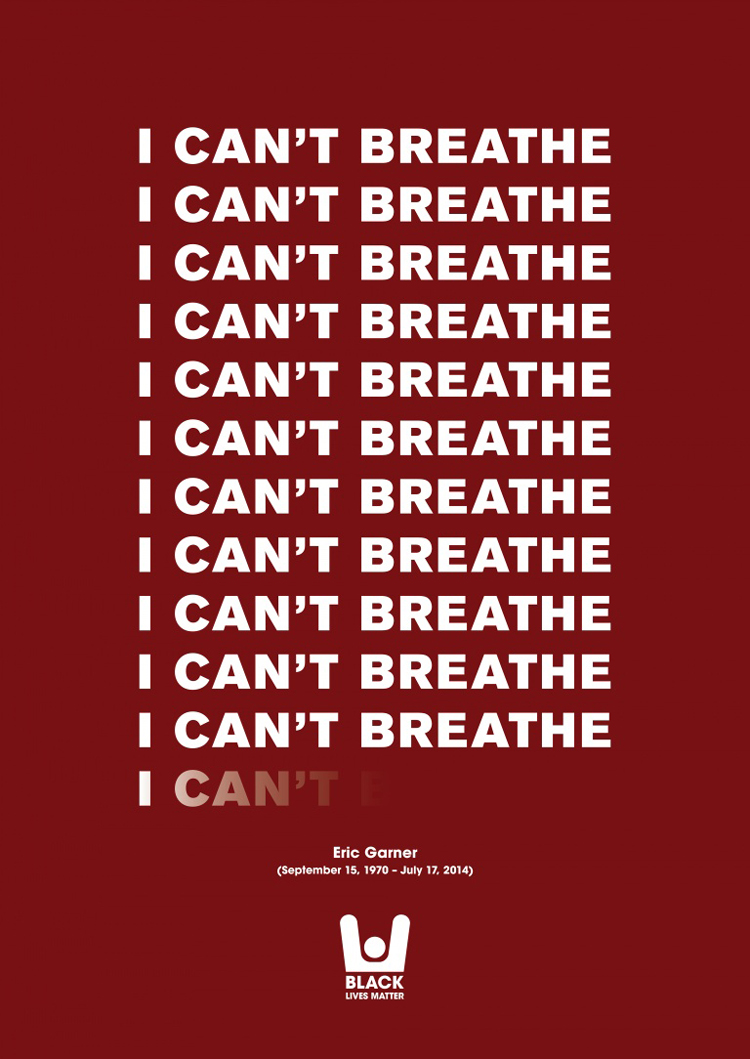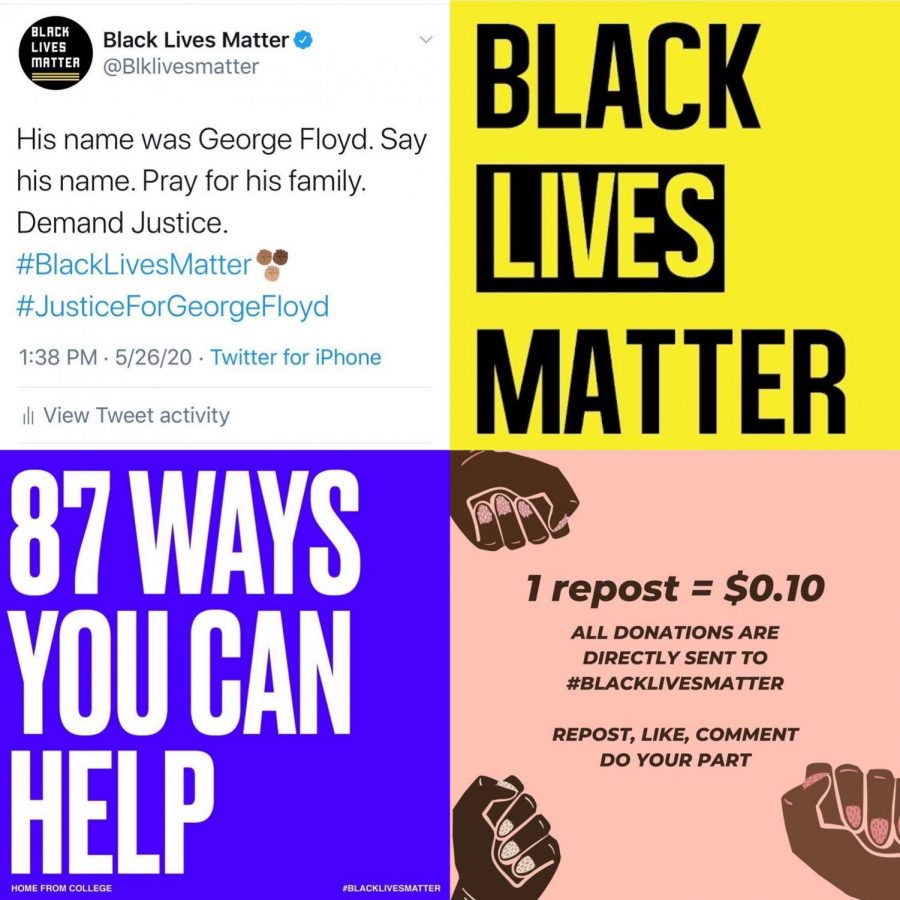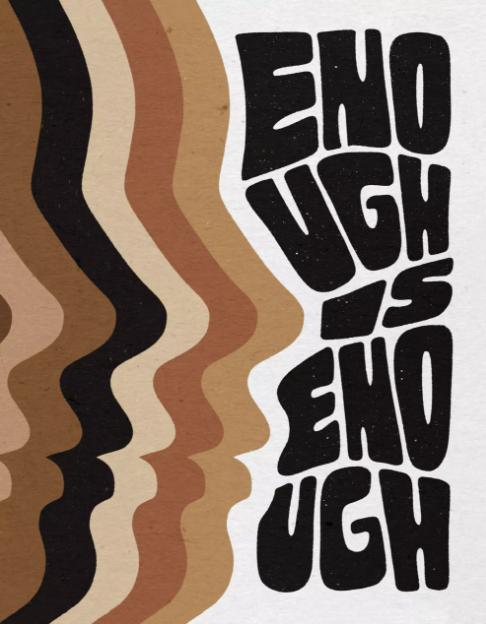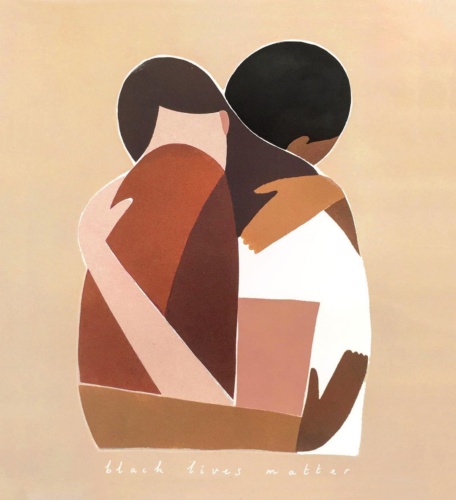CIVIL RIGHTS MOVEMENT
Verbal & Written Communication
“The act invalidated a wide range of Jim Crow laws overnight and passed the Supreme Court test of constitutionality. Discrimination in government, education, employment, public accommodations, and housing became a federal crime. But society did not change so quickly, and enforcement often involved federal authority to gain compliance, part of a slow shift toward greater freedoms for African Americans and women."
- Transcript of the Civil Rights Act of 1964 [32]
“If, however, the effect of the color caste system on the North American Negro has been both good and bad, its effect on white America has been disastrous. It has repeatedly led the greatest modern attempt at democratic government to deny its political ideals, to falsify its philanthropic assertions and to make its religion to a great extent hypocritical. A nation which boldly declared “all men are created equal,” proceeded to build an economy on chattel slavery; masters who declared race-mixture impossible, sold their own children into slavery and left a mulatto progeny which neither law nor science can today disentangle; churches which excused slavery as calling the heathen to God, refused to recognize the freedom of converts or admit them to equal communion.”
- NAACP Appeal to the World [33]
"... Negroes are expecting not equality on account of their color, but privileged treatment on account of their color."
- Los Angeles Times (May 4, 1964) “Civil Rights Movement Threatens to Grow More and More Reckless” [34]
Visual Communication
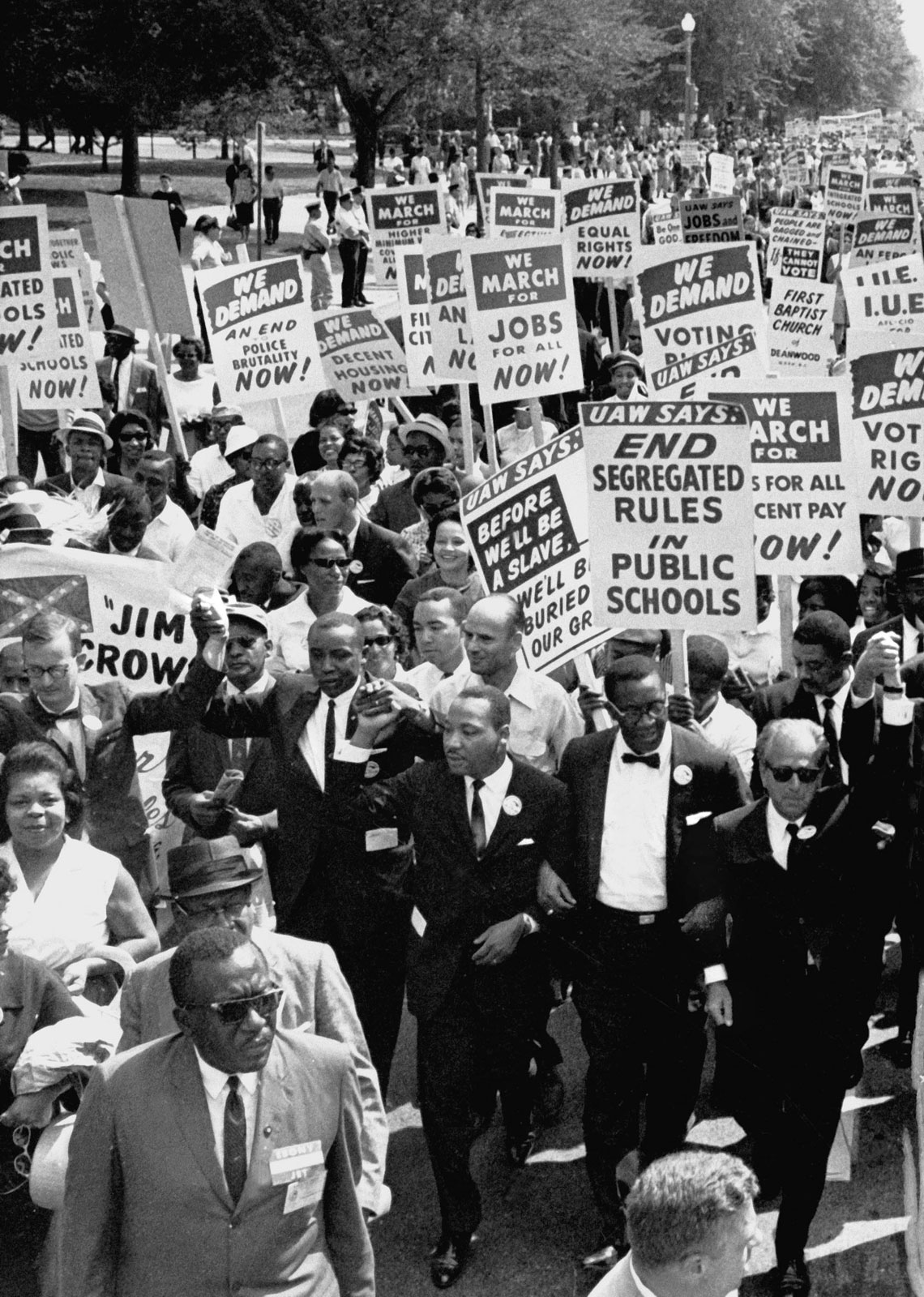
Protesters during the Civil Rights Movement (MLK’s March on Washington) on August 1963 [35]
Response
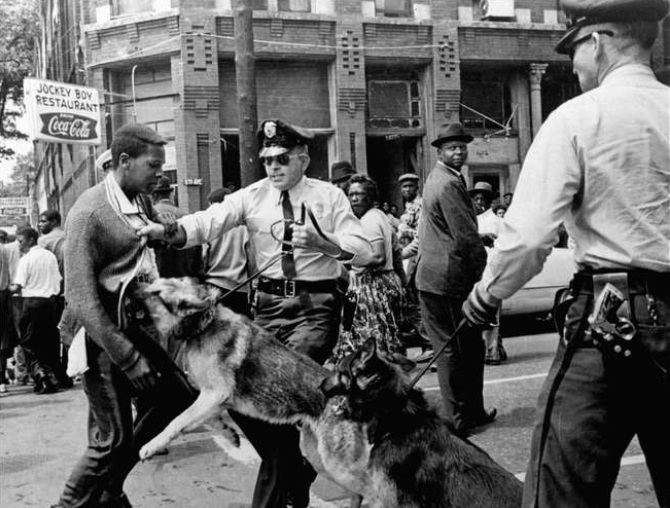
Police utilizing police dogs against demonstrator on May 3, 1963 [36]
President John F. Kennedy's Civil Rights Address delivered on June 11, 1963, calling Americans to recognize civil rights as a moral obligation. [37]
